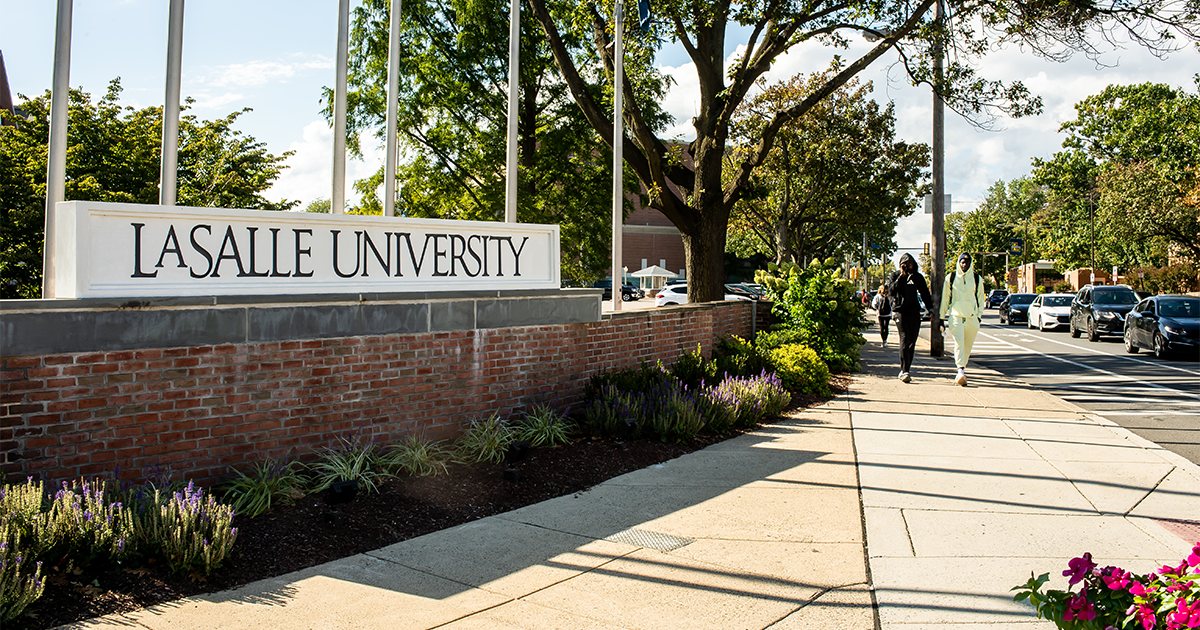La Salle University
People, Experiences, and Visions Carry Equal—if not more—Weight than Data in Higher Education Institutions Rating

In its Nov. 13 article, “Financially Fragile,” The Philadelphia Inquirer explored the use of the Financial Viability Index, a tool that essentially takes a few years’ worth of data from any given college or university and generates a snapshot designed to show that institution’s viability. As a higher education professional invested in elevating higher education outcomes and experiences for more than 20 years, I find this tool too simplistic to even approach accuracy. I know I am not alone in this sentiment. Moreover, with higher education at an inflection point, facing head winds perhaps unlike any other in the history of this country, there is real concern that reliance on such tools will hinder, not support, the industry in surmounting challenges and staying the course of growth.
The abrupt closing of the University of the Arts (UArts) in June 2024 sent shockwaves through higher education. Add to that the ongoing institutional closures like Cabrini University that we see occurring regularly and it becomes understandable the desire to find the causes for these unfortunate ends, and the desire to predict the future for other institutions. However, a single tool such as this cannot provide certainty and alleviate anxiety by generating a rating that only tells a partial story. By relying solely on numbers on a spreadsheet, we miss the intangibles—and overlook the faculty, staff, students, and alumni at an institution who are making strides towards building a vibrant future. It eliminates the very essence of how organizations manage through change.
When looking at La Salle University as an example, posing a few questions reveals challenges in this tool. How does the Financial Viability Index tool:
- Measure the 2024 fall incoming class of freshman and transfer students that was the largest in four years, a 23% growth from the previous year?
- Take into account retention rates that improved nearly 8 percentage points in the last four years?
- Calculate the philanthropic support of alumni and friends that amounts to nearly $45 million dollars in the past four years?
- Showcase a newly renovated basketball arena that is bringing vitality to athletic events, as well as school spirit and pride to the campus?
- Rate growth in new academic programs or the addition of sports teams?
- Capture the exceptional talent, energy, and campus culture of its faculty, staff, students, and alumni?
- Consider rankings by leading publications and organizations that demonstrate the value provided to students that markedly improves their social mobility?
- Assess the increases in attendance of campus visits, the more than doubling of admissions inquiries, or the 50% growth in completed admissions applications?
There is a reason that analysts from internationally known and respected rating agencies spend weeks reviewing not only an institution’s financial health but the history of a school and how it is executing on its strategic plans.
While perhaps interesting for discussion, no one tool should be used to predict the current or future viability of an institution. Doing so lacks anything that resembles the type of rigor we expect on our campuses.
Now more than ever, this great city and nation need our colleges and universities to thrive. This is not to suggest that every citizen should be compelled to earn a college degree, but rather to state that colleges and universities like La Salle are among the top institutions in providing a transformational education while leading the charge to improve a student’s career choices and social mobility, which ultimately makes our country stronger.
I am proud of the work that La Salle is doing in this regard. I am inspired every day by the contributions our students make to the community. I am energized by how our University—as well as others—are reinventing themselves during challenging times to ensure that future generations can receive a high-quality education that prepares them for a lifetime of success and opportunities. And, I am grateful for every alumnus, parent, friend, and Christian Brother who are on this mission with us.
Drawing on a career in Catholic higher education spanning more than 20 years, Daniel J. Allen, Ph.D., began his term as La Salle University’s 30th President in April 2022 and has been implementing a strategy to address opportunities for growth and enhancing the student experience at 20th and Olney.